Introduction
The 722.6 automatic transmission is a 5-speed automatic transmission used by Mercedes, among others in the W203 model. When the automatic transmission starts jerking, it is crucial to observe the symptoms carefully. Does the automatic transmission jerk during shifting, starting, coasting, downshifting, or only in the first gears without a gear change? The latter indicates a malfunction in the Torque Converter Lockup Clutch, abbreviated as TCC.
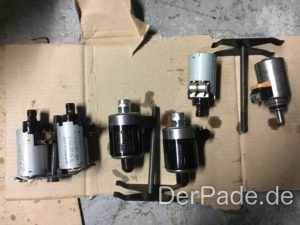
The TCC’s task is to minimize slip in the torque converter itself in the higher gears by locking up the converter. In this guide, I’ll outline a method for diagnosing a defect in the TCC and resolving the issue.
For every W203 enthusiast, I highly recommend the book “Mercedes C-Class W203 So wird’s gemacht.” It provides numerous guides on the most common issues with the W203.
Symptoms and Diagnosis
The TCC is electronically engaged in the higher gears unnoticed. Normally, the engagement of the torque converter lockup clutch is imperceptible. The TCC is actuated by oil pressure, triggered by an electronic solenoid.
The TCC usually operates in the following states:
- Open: In 1st gear below 2000 RPM
- Slip: In 2nd and 3rd gears between 1000 RPM and 2000 RPM
- Closed: Above 2000 RPM (except 1st gear)
Common symptoms of TCC malfunction include:
- Fluctuations in RPM between 1000 RPM and 2000 RPM
- Jerking during acceleration in the RPM range between 1000 RPM and 2000 RPM
- Jerk during turning or starting on an incline in the RPM range between 1000 RPM and 2000 RPM
Using a Star Diagnosis, you can temporarily deactivate the TCC. If the symptoms disappear, there is definitely a malfunction in the Torque Converter Lockup Clutch.
However, even without Star Diagnosis, if the automatic transmission jerks in the mentioned RPM ranges without a gear change, it is highly likely due to an issue with the TCC.
Defective Electronic Solenoid of the TCC
Before opting for a rebuilt transmission, there is hope that the solenoid on the electronic transmission control unit board is defective. While Star Diagnosis allows testing the solenoids for functionality, this test occurs with the engine off. Therefore, it is not possible to check a solenoid in operation.
Possible defects in the solenoid:
- The piston is stuck or worn out.
- The solenoid starts to flutter during operation.
Replacing the Torque Converter Lockup Clutch Solenoid
Now, I’ll show you how I replaced the solenoid for controlling the Torque Converter Lockup Clutch.
For the replacement, you will need:
- Solenoid A2402701700
- At least 5 liters of automatic transmission fluid (Fuchs Titan ATF 4134)
- Sufficient brake cleaner (12 cans)
- T30 Torx
- Container for at least 5 liters of automatic transmission fluid
- Important! Automatic transmission fluid dipstick
- Optional: Automatic transmission filter
- Optional: Automatic transmission oil pan gasket
- Optional: Drain plug
The solenoid replacement takes approximately 3.5 hours. During the removal of the electronic control unit, cleanliness is crucial. Avoid placing the internals of the automatic transmission on cloths or similar materials to prevent contamination.

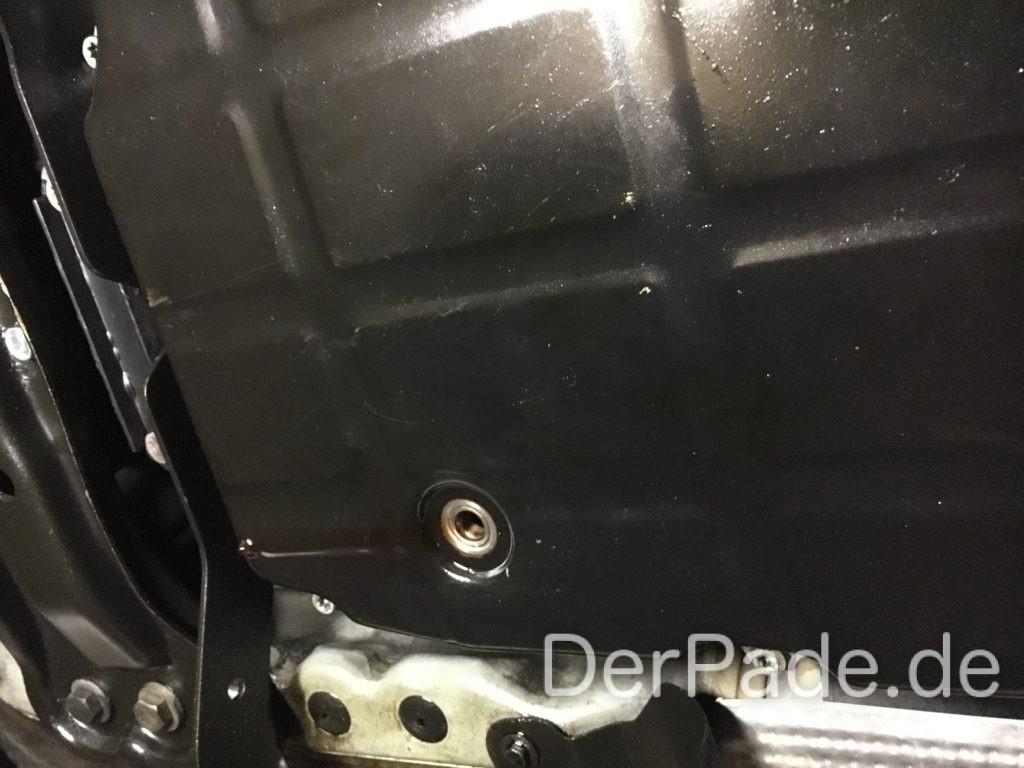


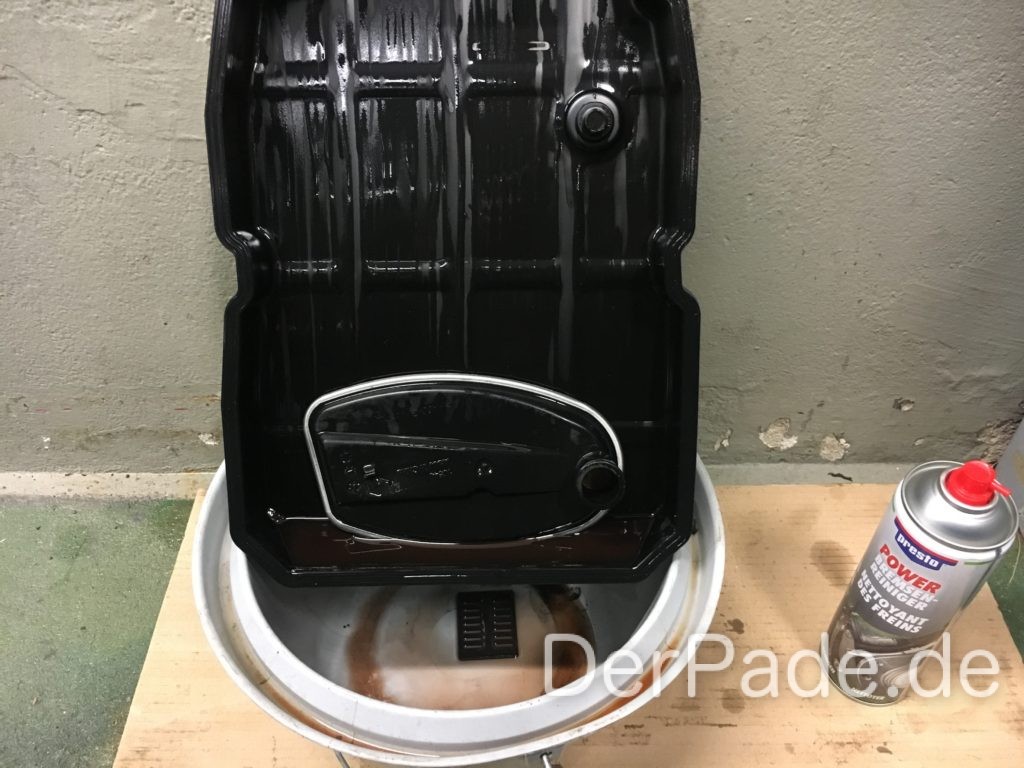
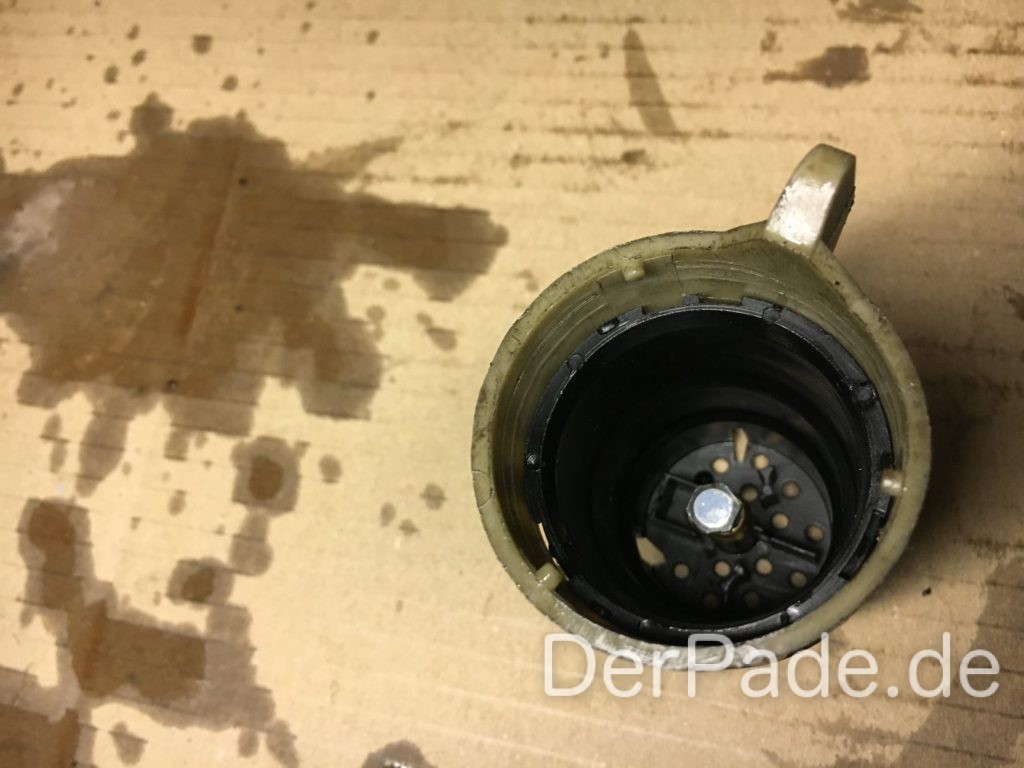
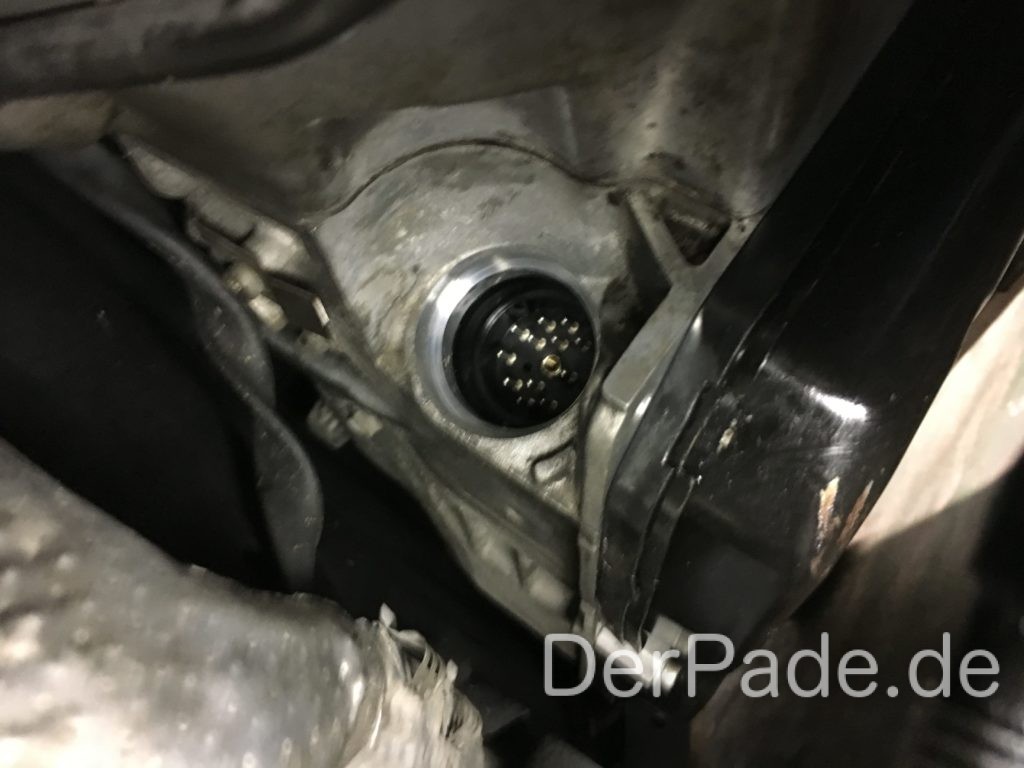
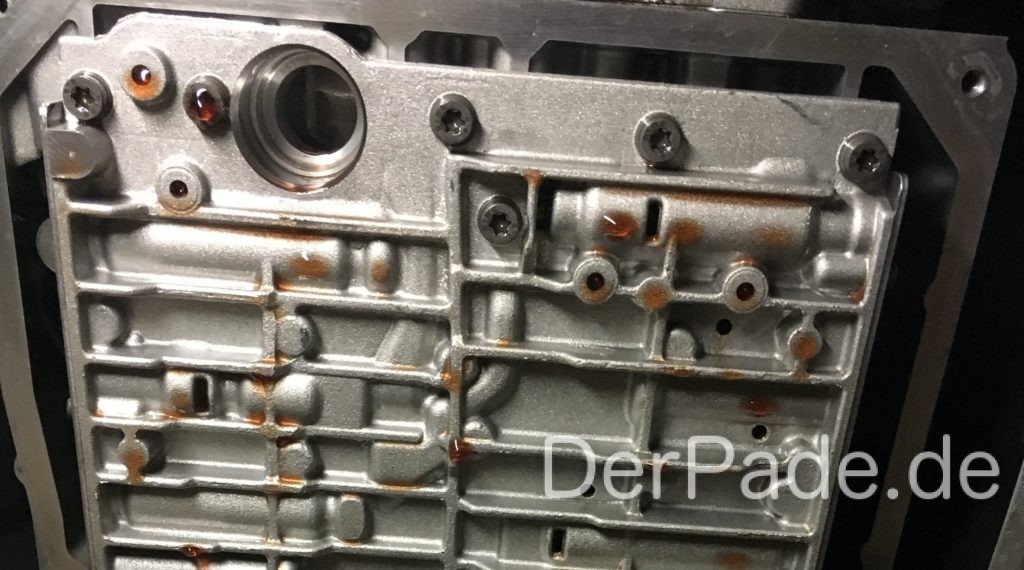

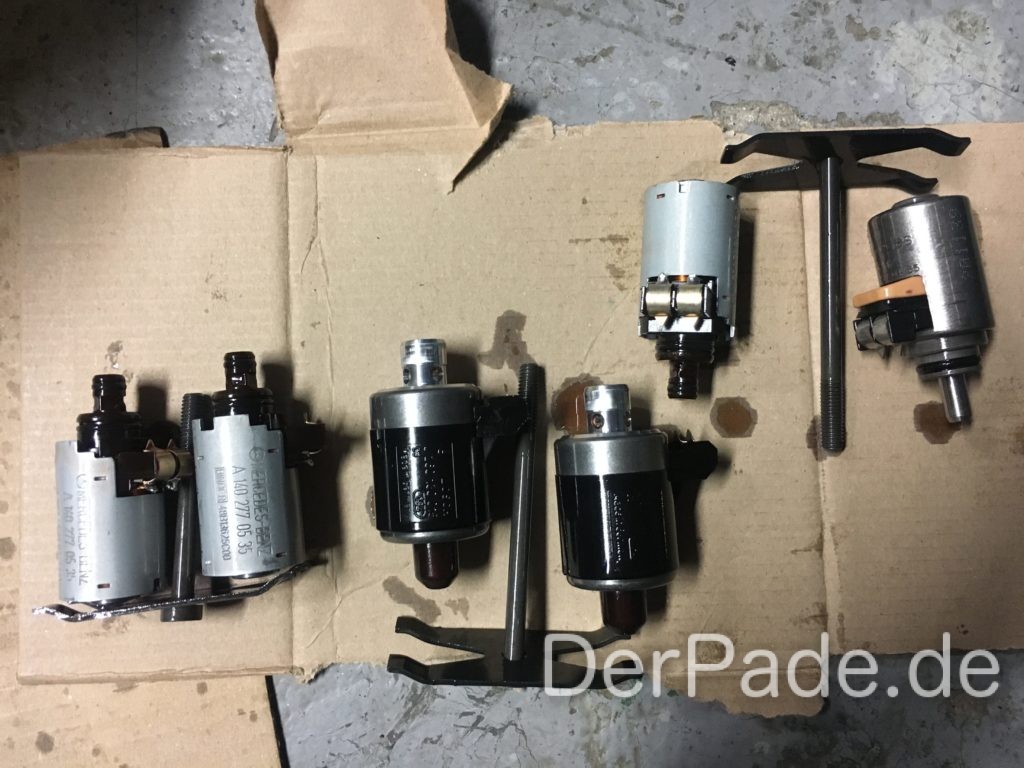
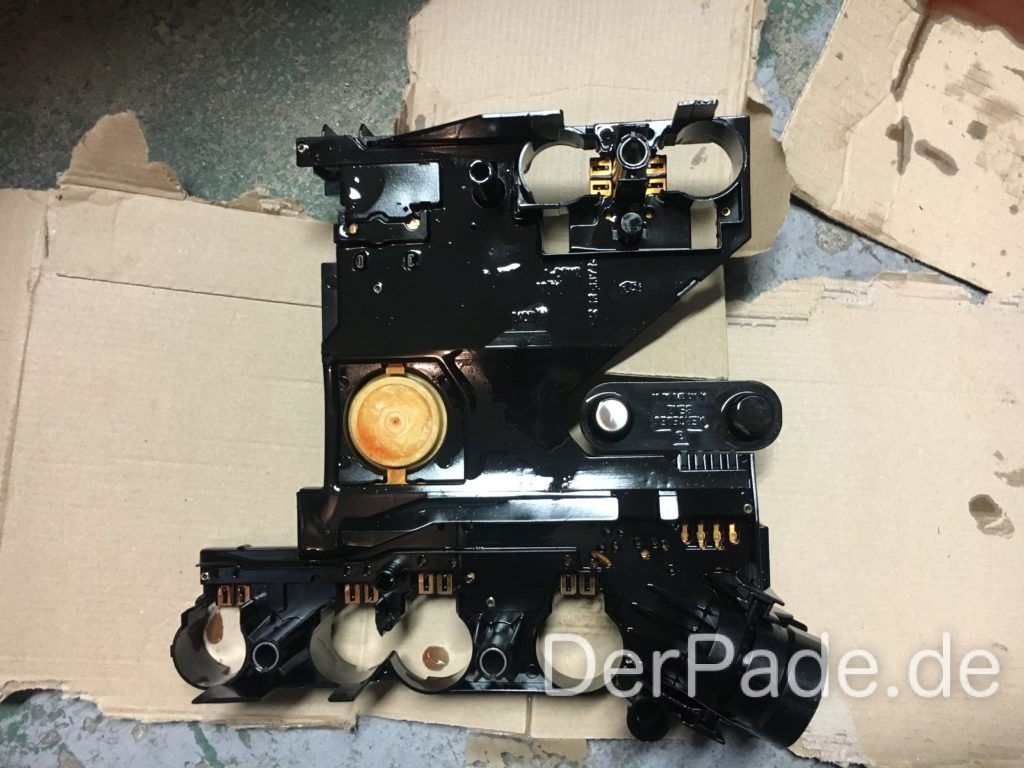
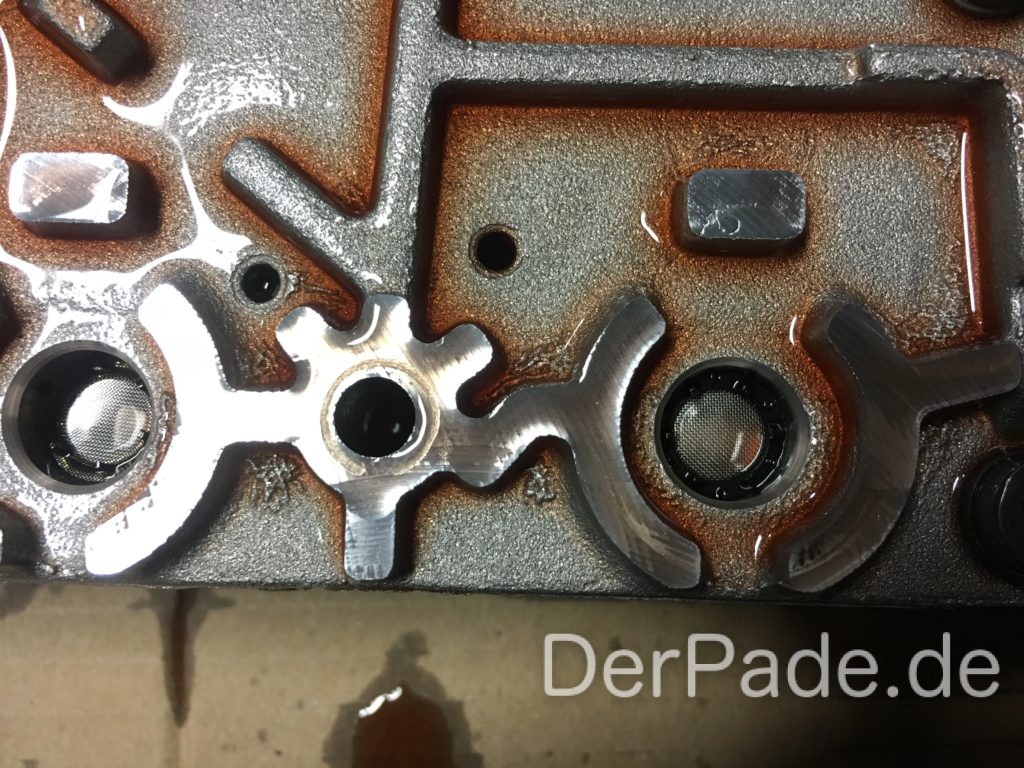


Adapting/Teaching the Torque Converter Lockup Clutch
After replacing the solenoid, it is usually necessary to reset the adaptation values in the control unit. Subsequently, the torque converter lockup clutch needs to be re-adapted. Adapting the TCC can be done without a Star Diagnosis. To perform the adaptation, the engine and transmission must be cold.
- Start the engine.
- Press the brake pedal.
- Shift to “D” (Drive).
- Stand still for 15 seconds with the brake pedal depressed.
- Release the brake pedal.
- Drive until the engine temperature has risen by 10°.
- Stop and hold the brake for another 15 seconds with a gear engaged.
Repeat this procedure until the engine reaches its operating temperature. Then drive for an extended period at a constant speed.
Checking Automatic Transmission Fluid Level
To determine the correct fluid level for the automatic transmission, the oil temperature must be at least 80 degrees. After that, measure the oil level through the filler tube with the engine running in Park. The dipstick should be inserted until it touches the bottom of the oil pan.
Additional Links for the 722.6 Automatic Transmission
Be sure to check the following links related to the 722.6 automatic transmission:
- All articles about the 722.6 automatic transmission
- Guide: Disassembling and cleaning the 722.6 automatic transmission shift control unit
- Guide: Mercedes 722.6 Automatic Transmission Gear Selector Plug Replacement
- Guide: Mercedes 722.6 Automatic Transmission Shift Control Unit Replacement
- All articles about W203 repairs and tips & tricks






